For some Americans, the word “home” brings up thoughts of white picket fences and Fourth of July barbecues. But for others, home might be known as something entirely different: jiā, ghar, tahanan. If you don’t speak Mandarin, Hindi, or Tagalog, you probably didn’t understand those words. But fear not: whether you dream in English, Japanese, or black-and-white, this article is an amalgamation of Asian-American experiences throughout the decades, comprehensible to all.
Michael Tom grew up in the 1960s. He lived in Los Angeles, Calif. during the heart of the Civil Rights Movement, and he explained, “In high school, we kind of got along with each other. But there were also some distinct differences, you know what I mean? It was the ‘60s; there was a lot of racial tension.”
While older generations of Asian-Americans have undoubtedly had a wide range of experiences, one thing is for certain: no matter the form, they all felt the unavoidable biases and inequities that come with being a minority.
A former educator of almost 33 years, 71-year-old Pauline Shiraki explained that while she grew up as a part of the ethnic majority in Hawaii as an Okinawan, she began feeling the cultural barrier that many other Asian-Americans struggled with. “Moving [to California], I realized that I was not a majority and it was a cultural shock to see people of color and to see that l was a minority,” Pauline stated.
On the other hand, Steven Takaya, retired plant nursery owner and third-generation Japanese-American, struggled to recall any memories of prejudice because he felt that he grew up quite “Americanized.” Growing up in Santa Barbara, Calif. created a very welcoming and accepting community for Takaya, but much like Shiraki, even that wasn’t enough to avoid inequality.
“When I was in elementary school — kids being insensitive — [they would] call me a lot of slur names,” Takaya expressed.
For some, inequality is not just a few simple moments of divide; it can be a lifetime of struggle and suffering. Michael Tom, a 73-year-old who formerly worked at Cedars Sinai Medical Center, recounted his life as a Chinese-American with great sorrow.
He first explained the importance of recognizing his predecessors, stating, “The Chinese were mistreated; we built the railroads and got very little credit for it … When I got drafted into the U.S. Army … they would call us names even though we were American soldiers, the same thing [ they would do] with our ancestors,” Tom declared.
While the Japanese internment camps in California during World War II are some of the most infamous cases of Asian-American persecution in the U.S., Tom shed light on how “Chinese-Americans were victims of bigotry, and there were incidents of … hangings of Chinese people at Union Station in LA back in the times.”
Experiences of Older vs. Younger Generations
Collectively, the older generation of Asian-Americans felt that their experiences in the 1960s and 1970s were quite different from those born into American society nowadays, sensing that the younger generation didn’t undergo as much of the prejudice or economic hardships or economic hardships as many of them suffered growing up.
Tom reflected, stating, “I think [because] the older generation’s parents were immigrants, we weren’t blessed with higher education and things of that nature, so we had to work a lot harder, significantly harder, and I could tell you when I was growing up, we were relatively poor.”
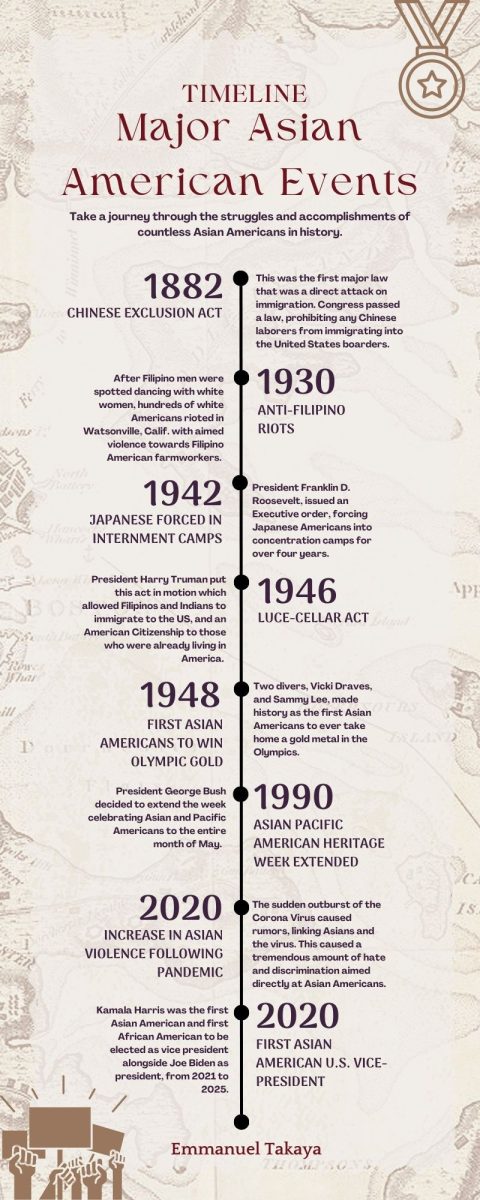
Going further into depth on the topic of prejudice was a student at Foothill Technology High School (Foothill Tech), Daniel Yi ‘27. “I feel like now [that] the internet is able to branch these cultures and traditions out, a lot of people who aren’t even Asian can experience and enjoy the cultures that Asia has,” Yi explained.
However, despite an outward decrease in overt discrimination amongst younger generations, Yi shared that, much like the older generation, he still encountered a fair share of racism growing up as a Korean-American. He stated, “It was really difficult going through discrimination during middle school… everyone would be like, ‘Oh, your lunchbox smells funny,’ or something like that, [and] it created a lot of division among people.”
Aadhya Bavkar ‘25, a senior at Foothill Tech of Indian descent, held a similar opinion on the differences between the older and younger generation. She stated, “In recent times there’s been more of a disconnect between different cultures. I think in the U.S. it’s been easier to find … differences between people, just because everybody is very divided. The newer generations do face a little bit more of that divide, but at the same time, older generations like my parents had to work a lot harder.”
And though she hasn’t experienced obvious bias, she still feels differences between her parents’ culture and American culture. “I’ve never been outright discriminated against or felt excluded, but internally there’s been a little bit of a drift … I feel a little too ‘American’ to fully fit into my Indian cultural identity, but I also feel a little too ‘Indian’ to fit completely into the American stereotype, so that’s a divide that I think I’ll always face,” Bavkar explained.
A similar sentiment regarding the loss or confusion of cultural identity was shared by Conor Philipp ‘26, who is of German and Filipino descent. “When people ask me what I am, I can’t just give a straight answer because I’m not really just Filipino or German; it’s kind of a mixing of different ethnicities, and the product of that is not really having an identity,” Philipp stated.
Fears for the future
While causes for equality continue to make progress, many harbor lingering concerns for the upcoming generations of Asian-Americans.
Shiraki stated, “These are troubled times; I worry about the fact that we’re such a divided nation… I just hope that for the younger generation, [racial hostilities] will not escalate — I hope we can become a more peaceful nation where everyone can be accepted.”
Bavkar also voiced her worries for the younger generations. “There’s a lot of cultural divide because of the current politics, and I hope that this isn’t seen as normal. I hope people realize that [this divide] is not something that should be normalized.”
Hopes for the future
Nevertheless, many are determined to see hope for the future. Yi stated, “The younger generation is really privileged to have cultures that can fuse together. Now, there’s Asian-American culture going into [other cultural areas like] hip-hop and becoming more blended with the culture in the United States.”
Philipp added on by expressing, “I just hope we see each other past the categories of ethnicity, because there’s a lot of beauty in the diversity in America.”
Although one’s cultural identity is important, Tom asserted the importance to, above all, “have an impact, a positive impact.” It is exceedingly easy to lose yourself in the rhythm of society, that familiar symphony of implicit biases and generalizations. After all, stereotypes are just ways for brains to compartmentalize complex information.
Ultimately, we are all Homo sapiens sapiens: we all breathe the same air, bleed the same color, and dream the same dreams — take a moment, and listen to the stories of young and old around you.




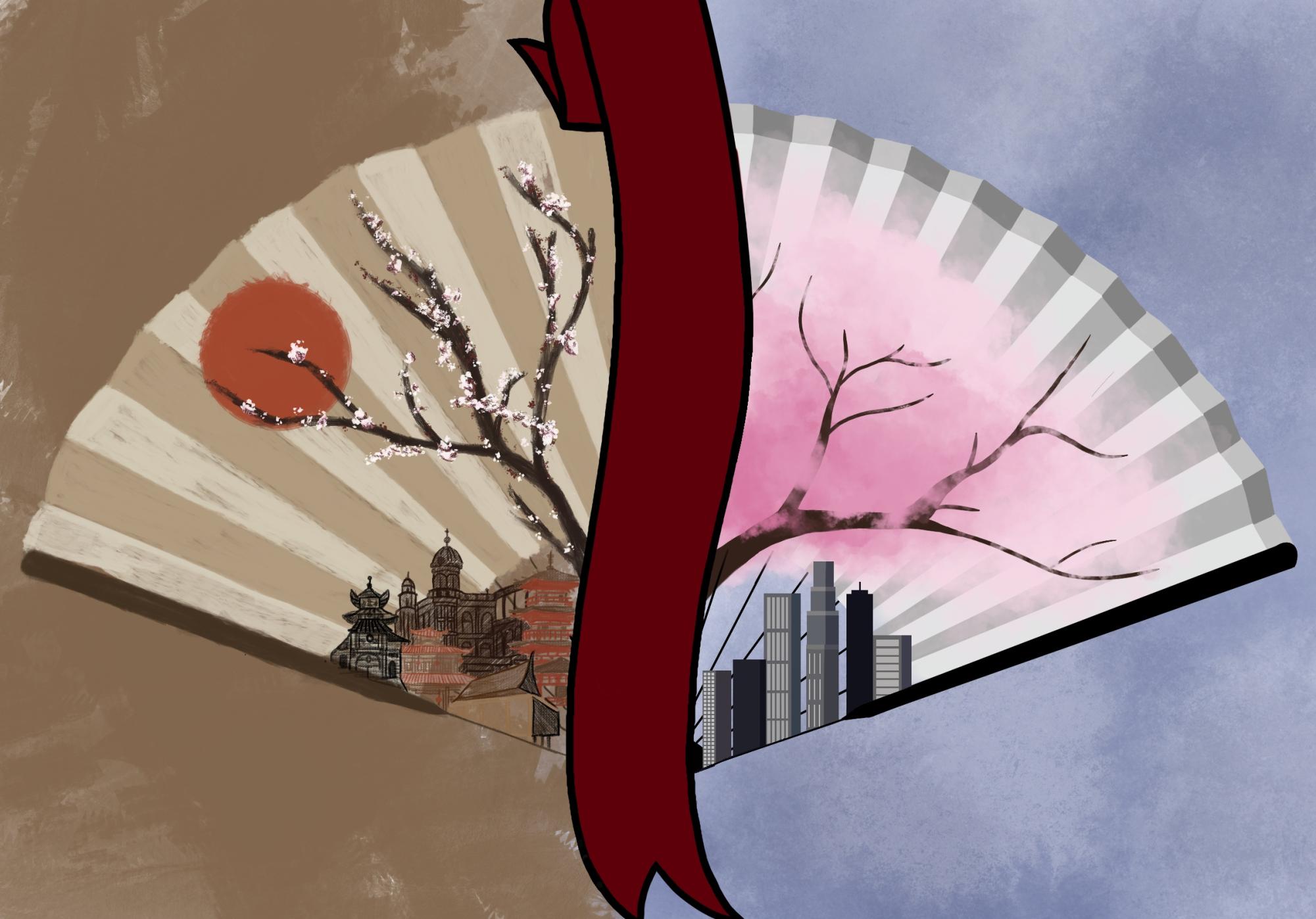
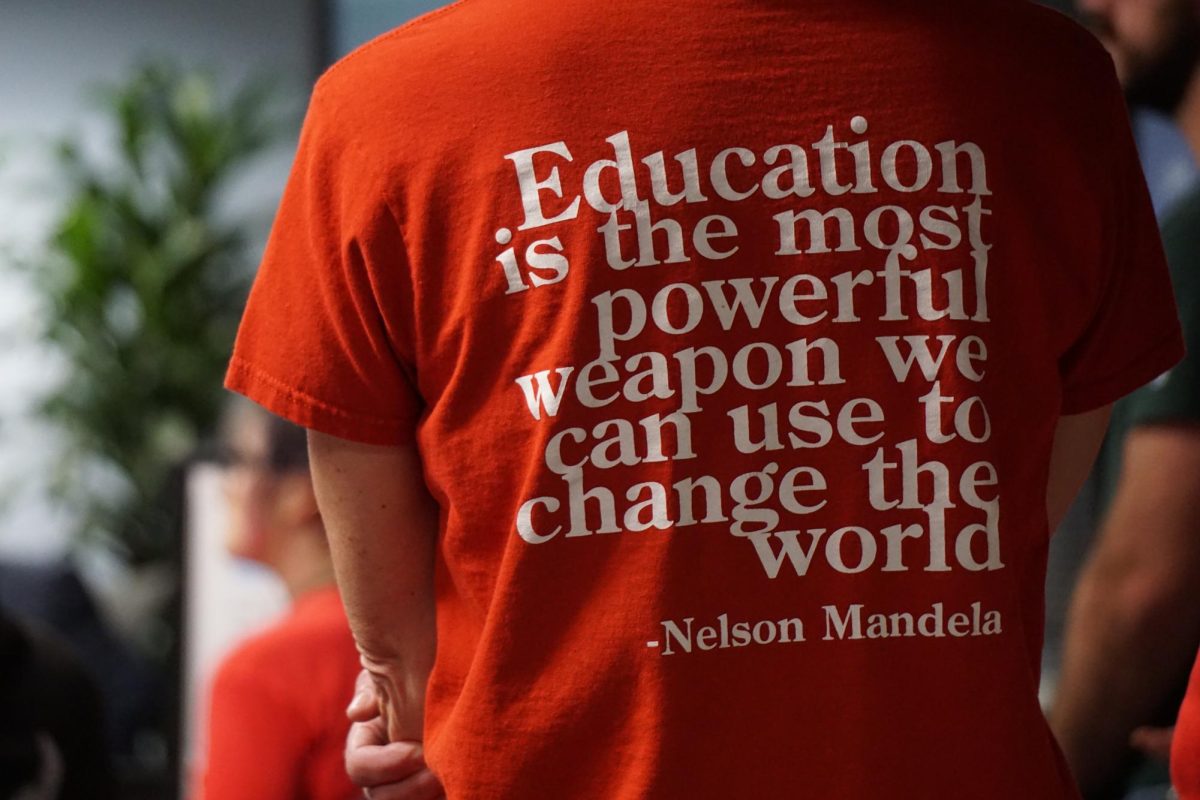

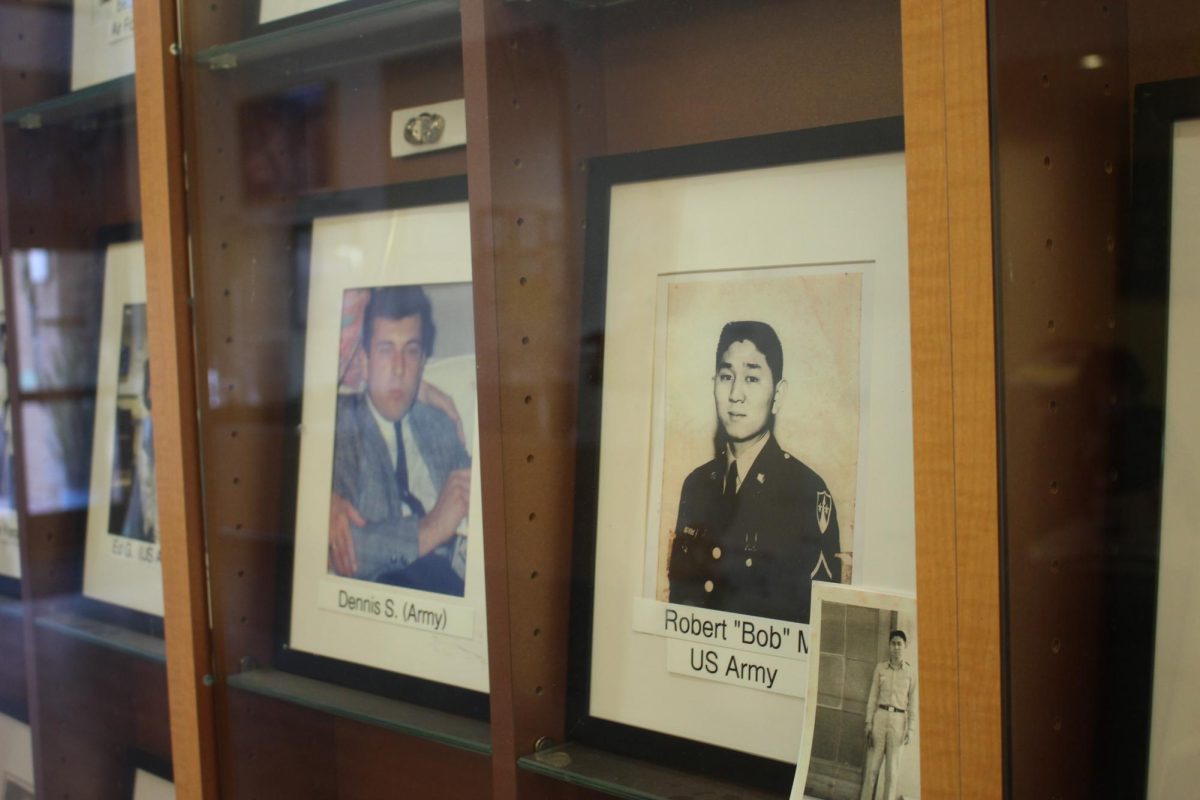
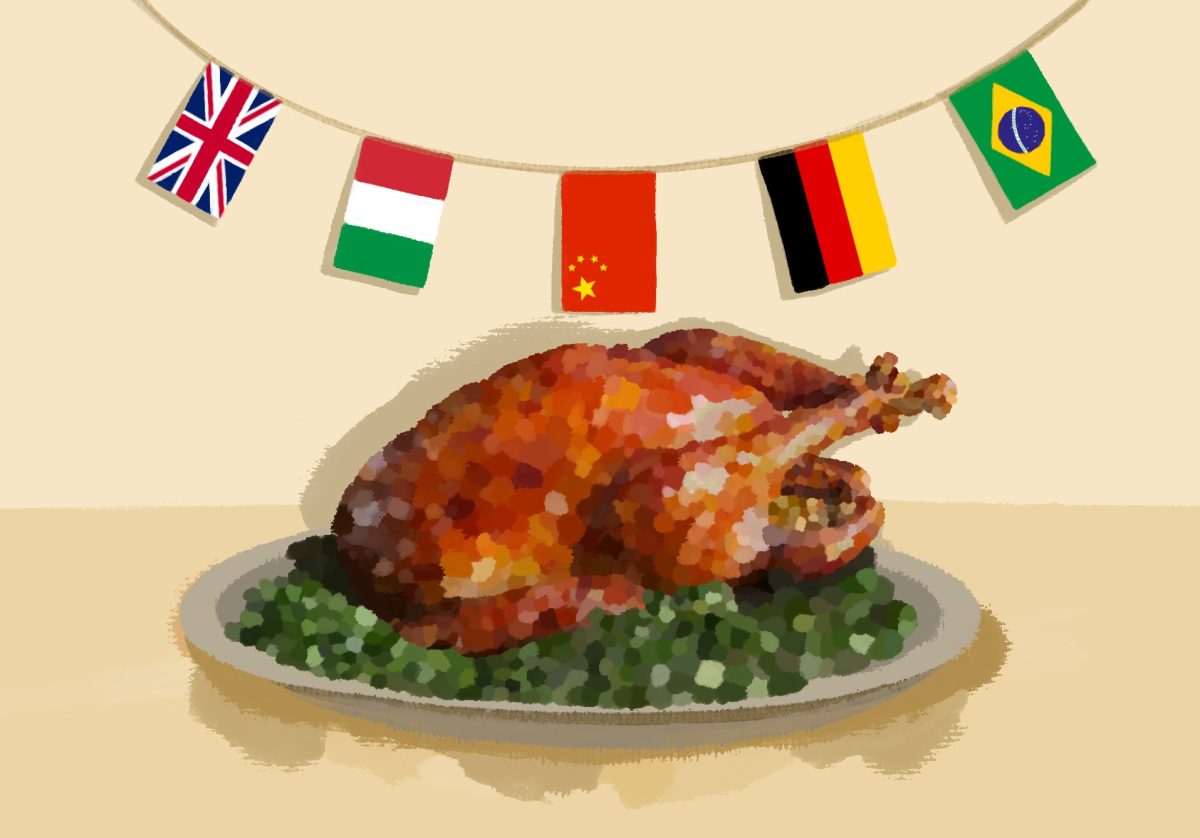
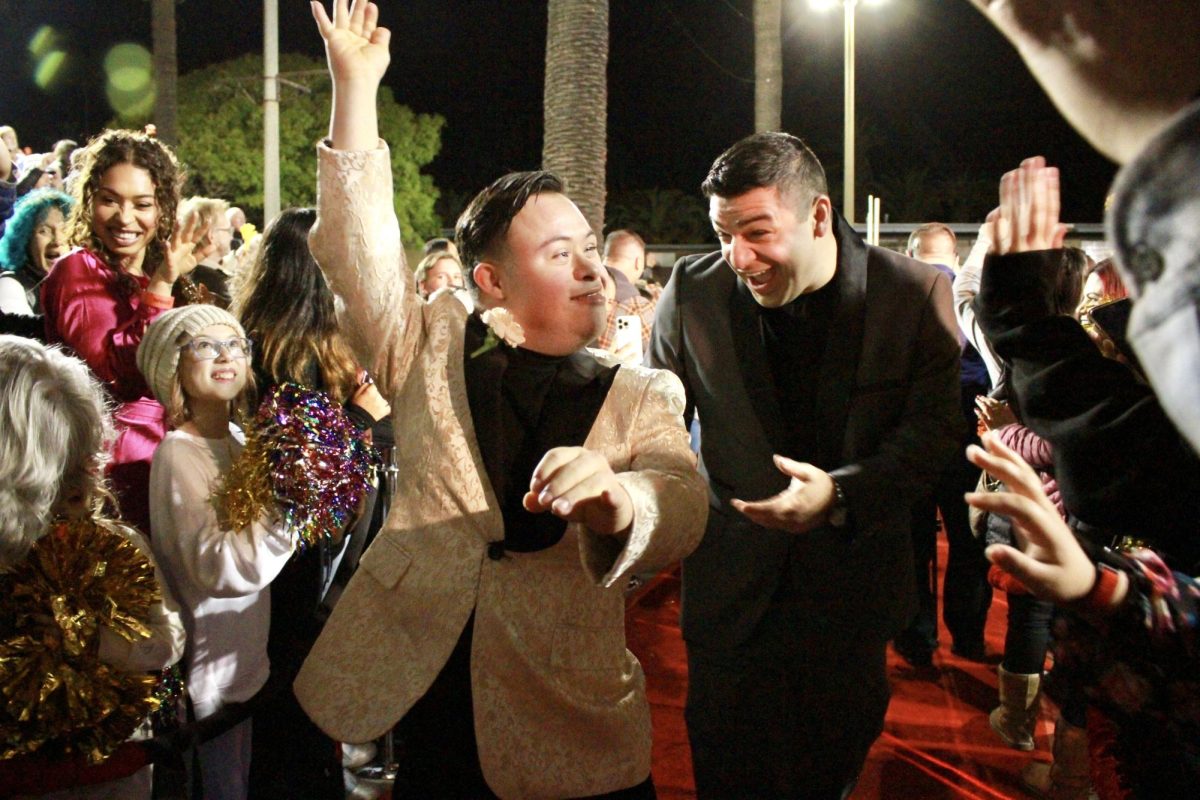

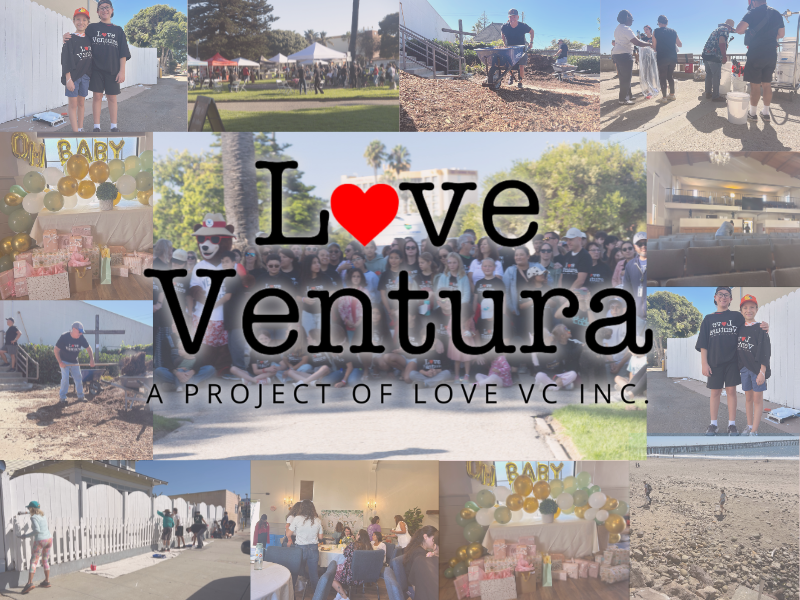
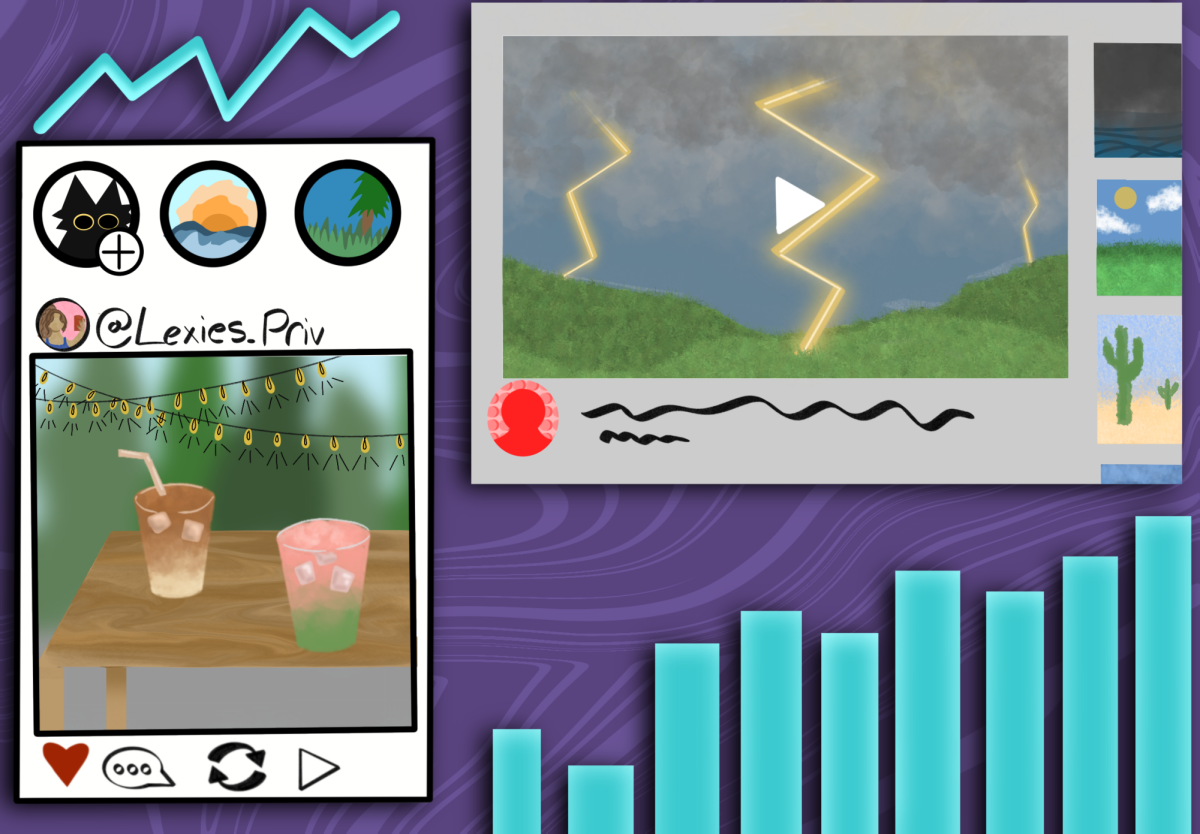
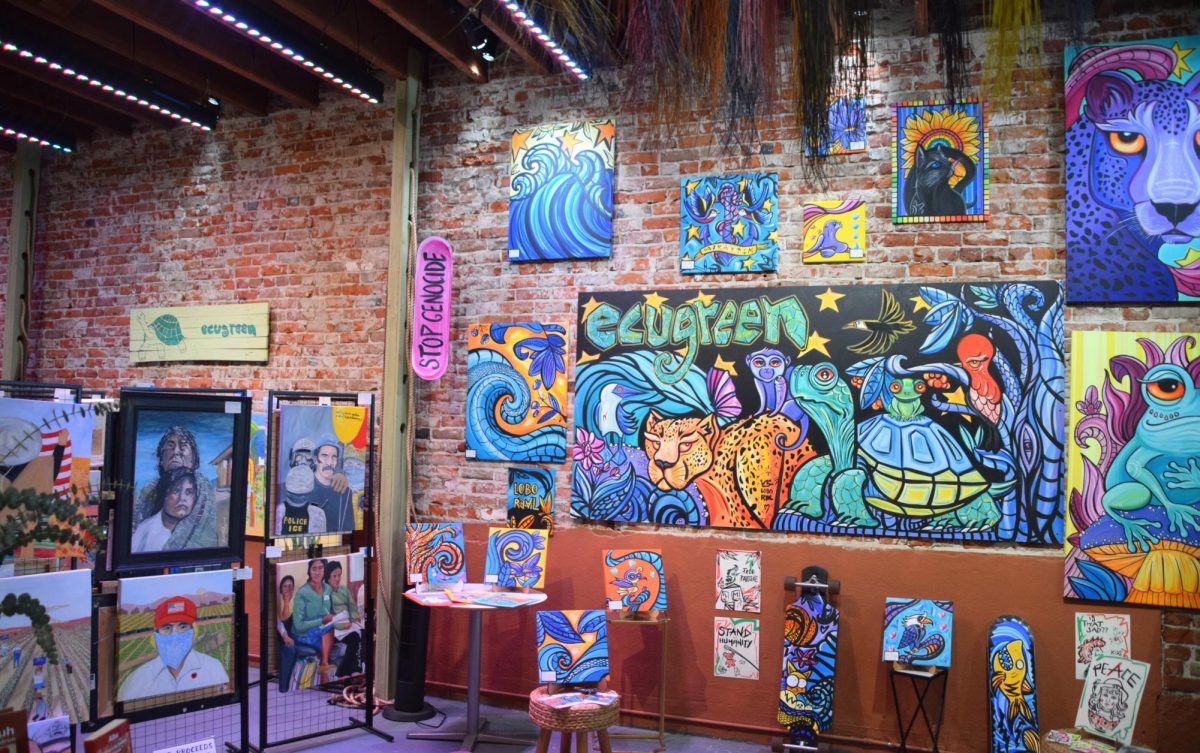
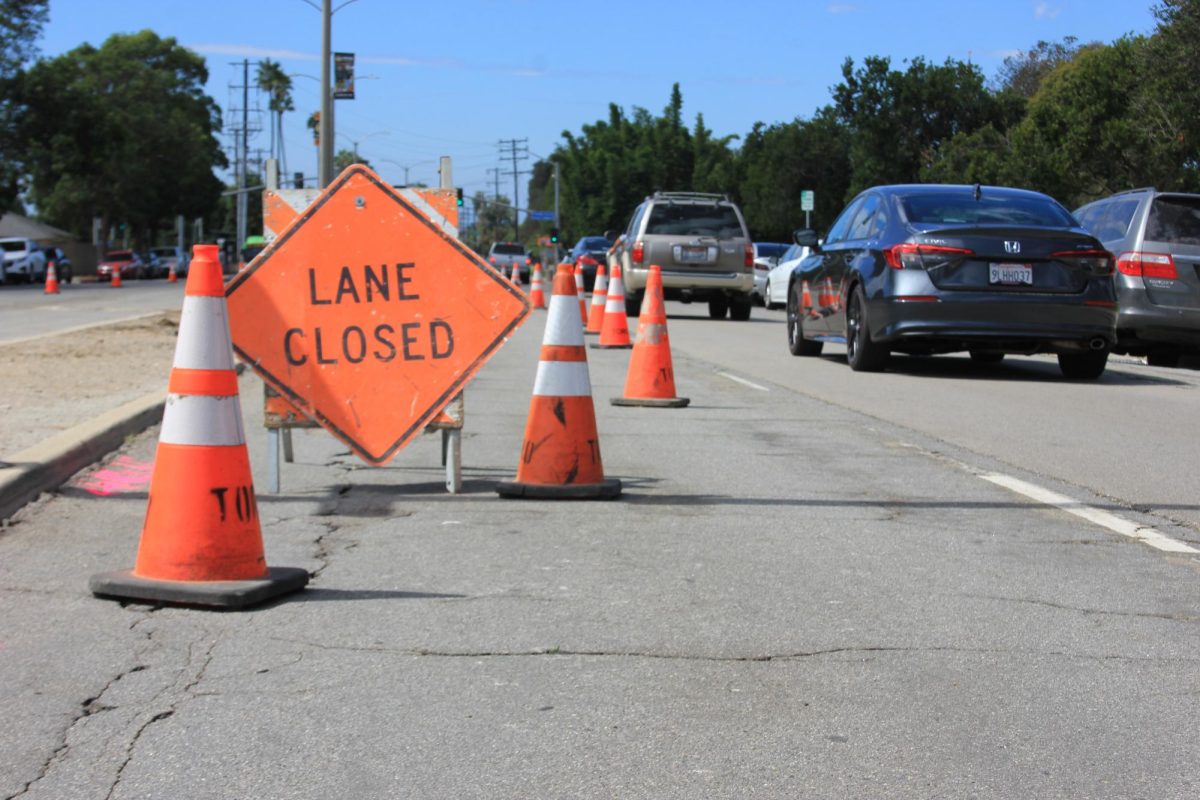
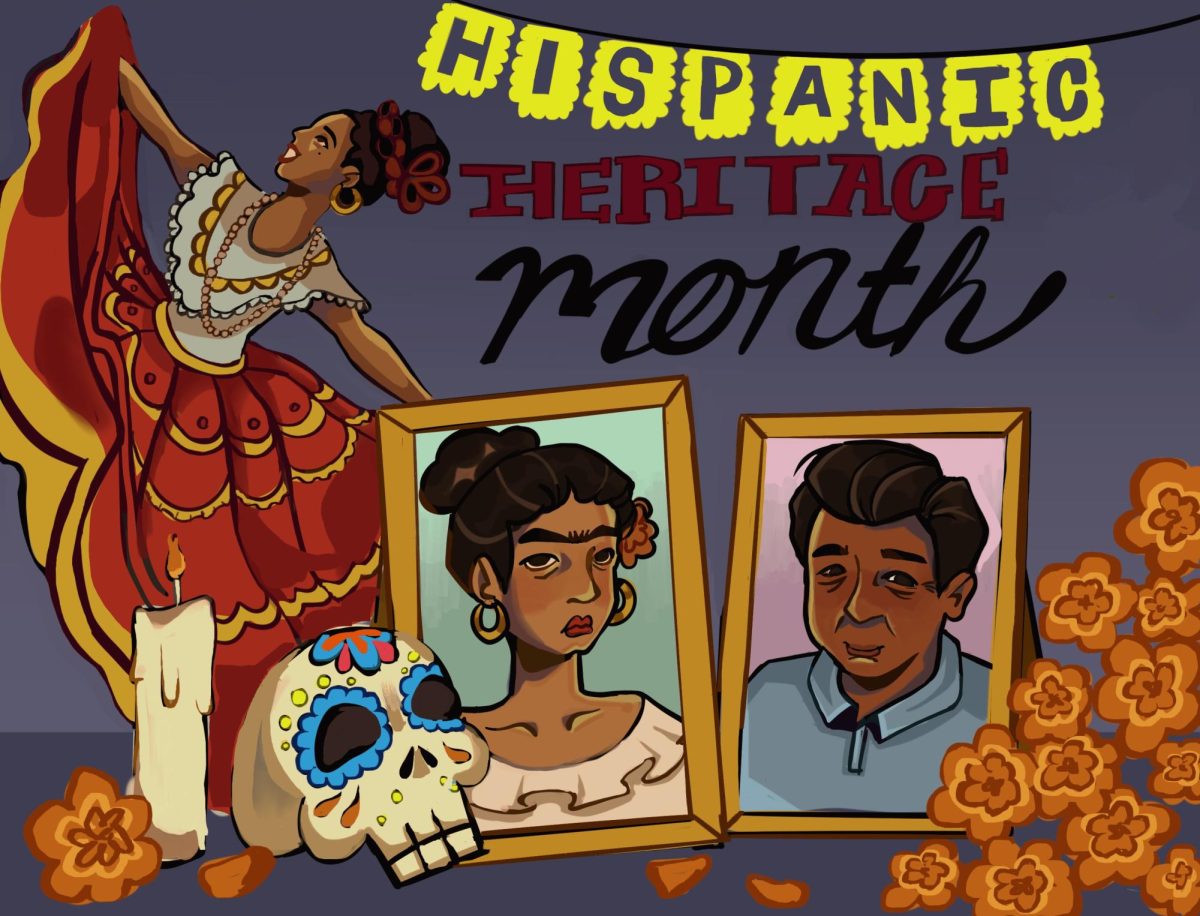
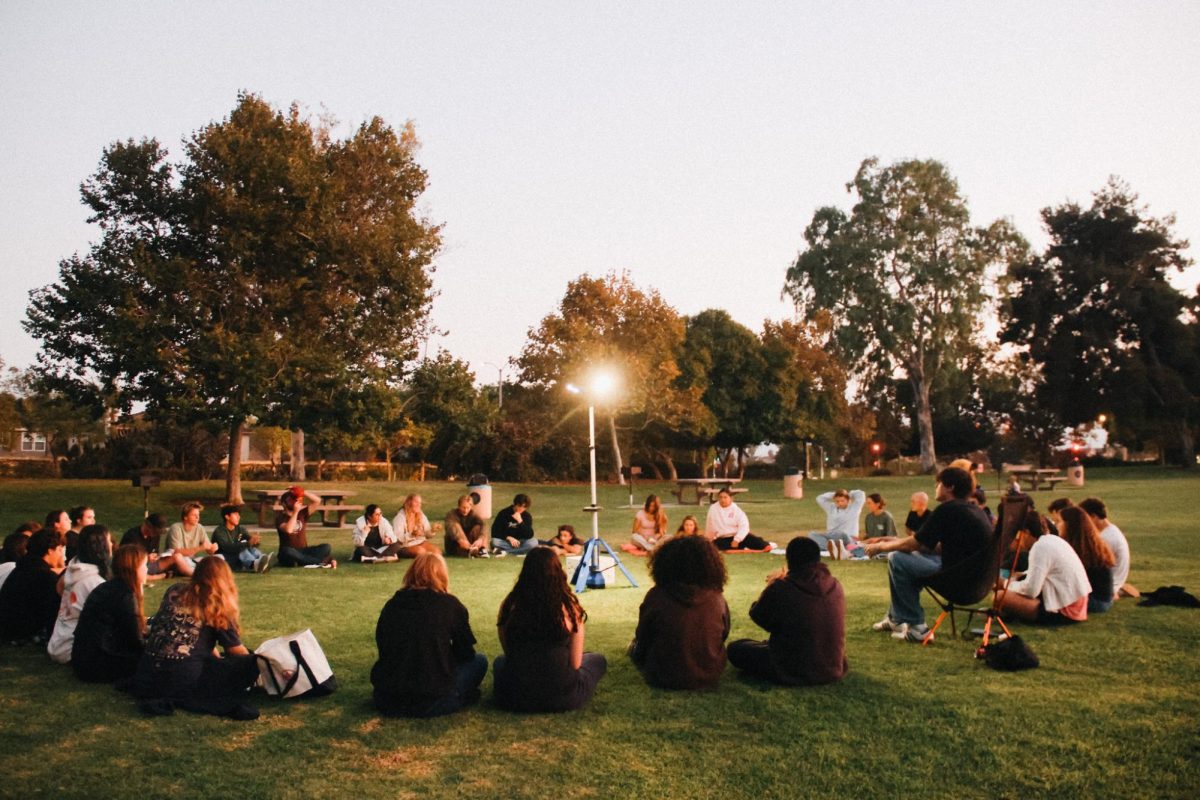
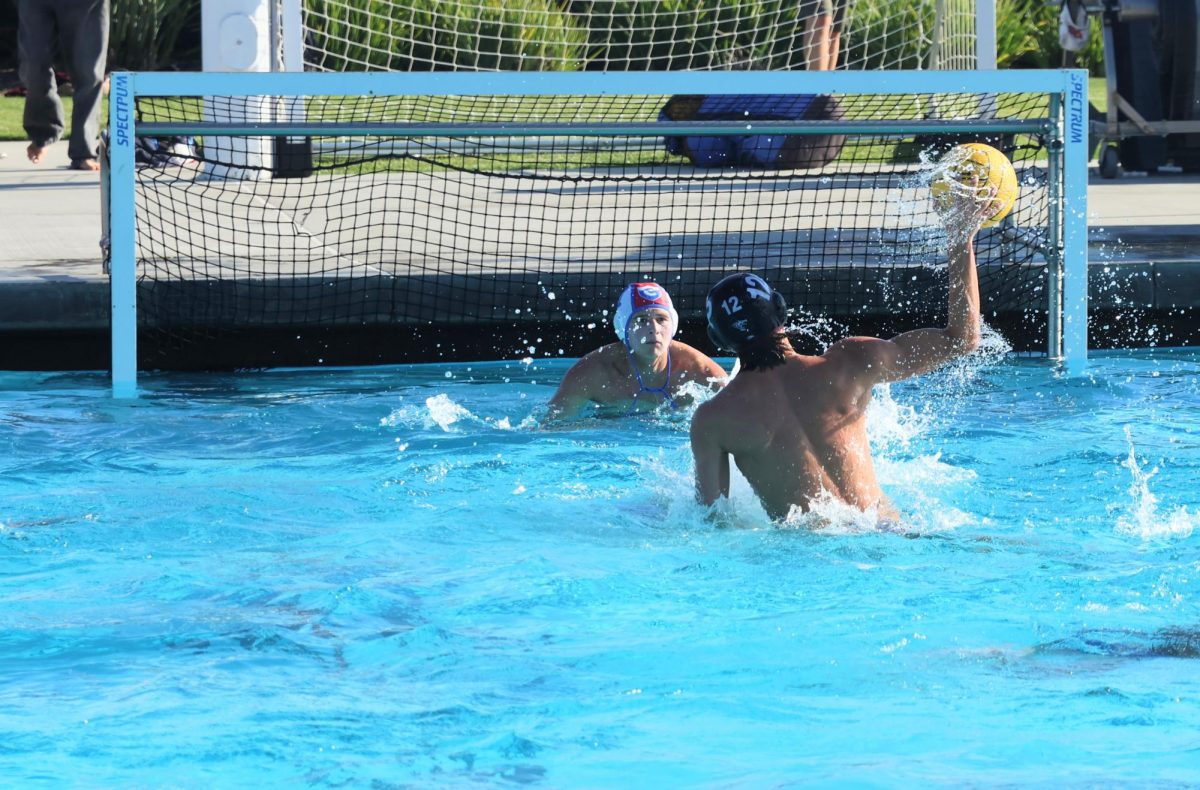
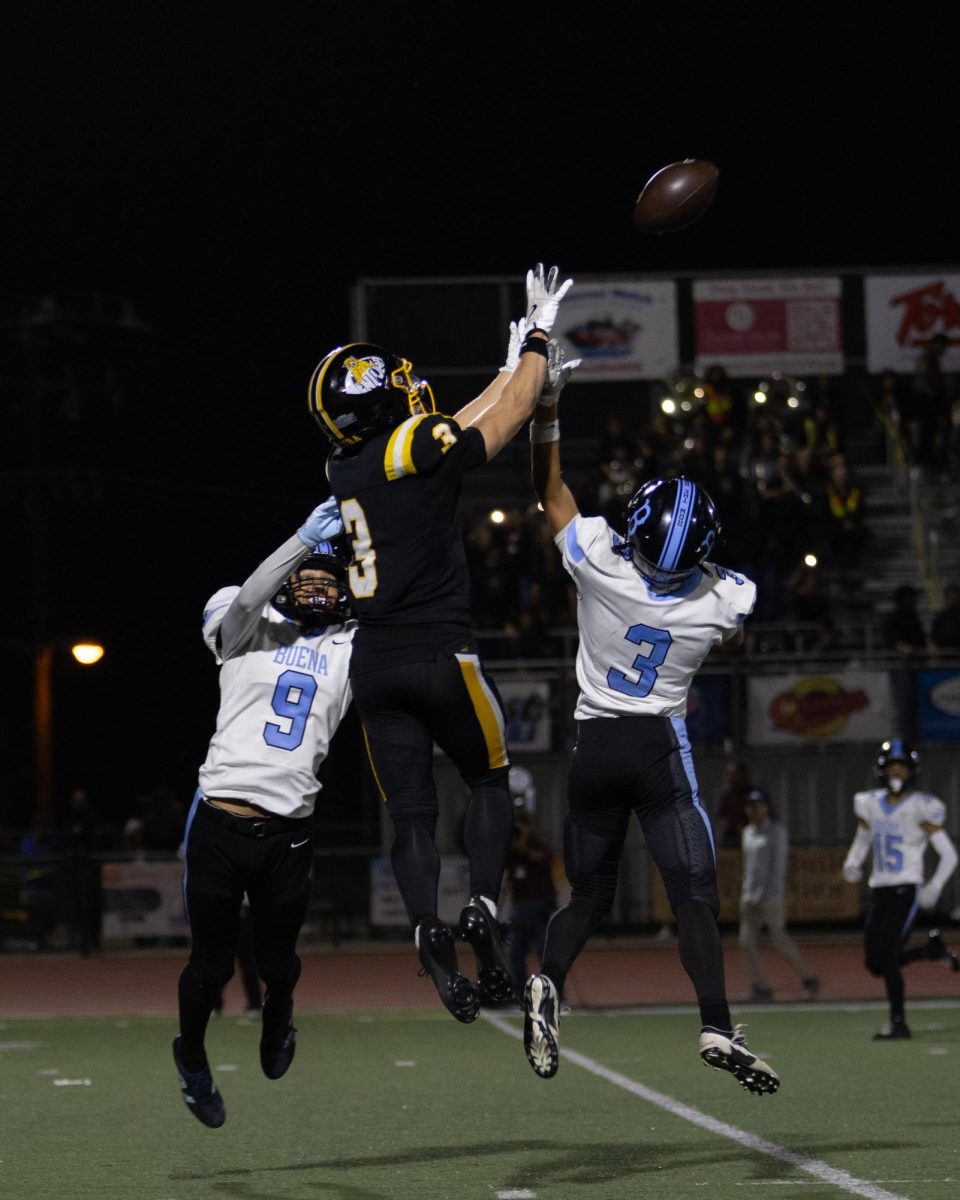
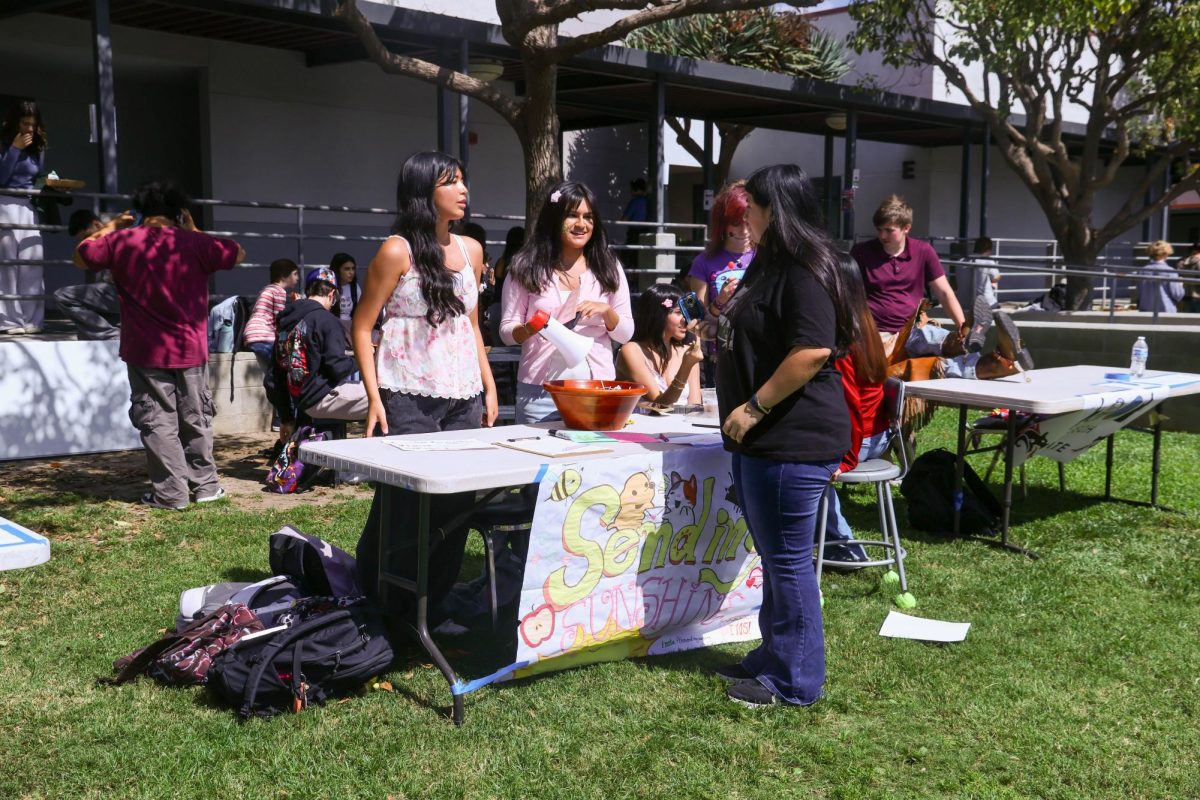


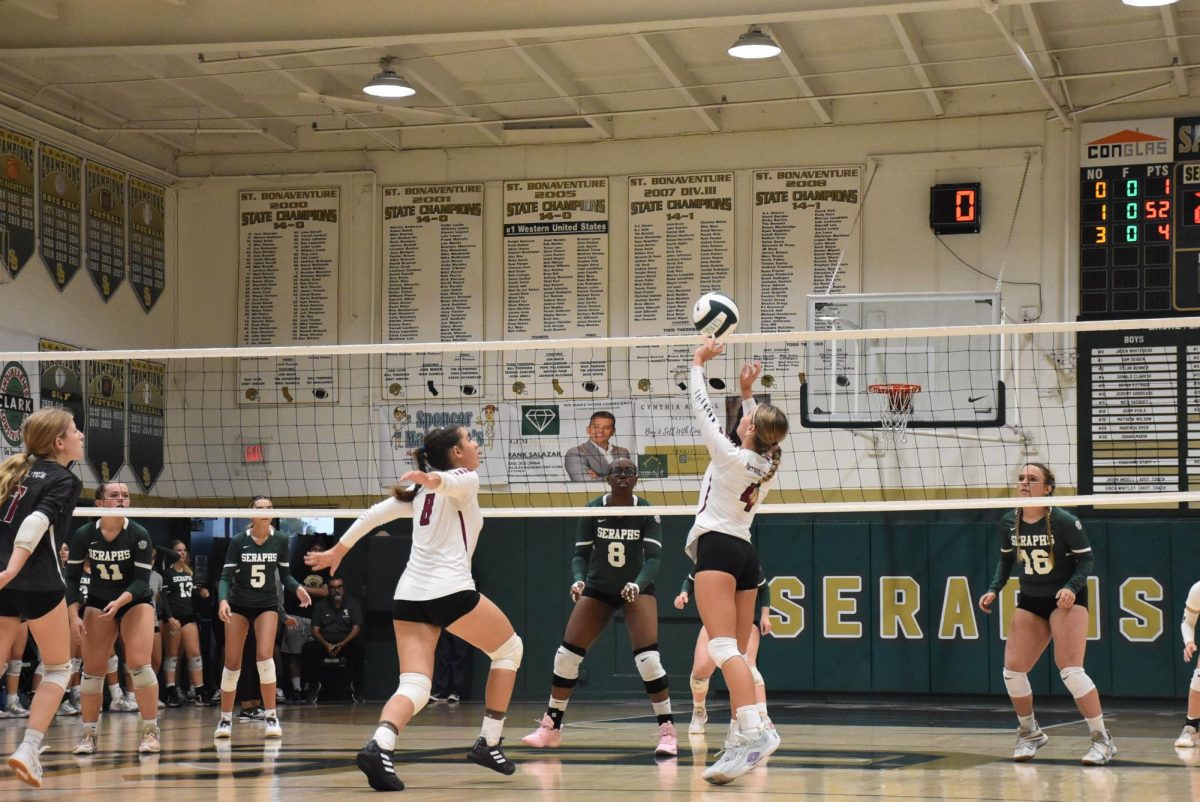
Cherie Eulau • Apr 1, 2025 at 9:23 pm
I enjoyed the article and the different perspectives. There was a massacre of Chinese Americans in 1871 in Los Angeles that is often overlooked and I was unaware of it until I was preparing to teach Ethnic Studies, so the omission from the timeline is understandable. I just thought the journalists would be interested in reading about it. (I had a link, but apparently you can’t leave a link in comments).
It is a very minor error on the timeline, but there is a difference between metal and medal. 😉